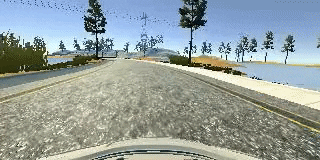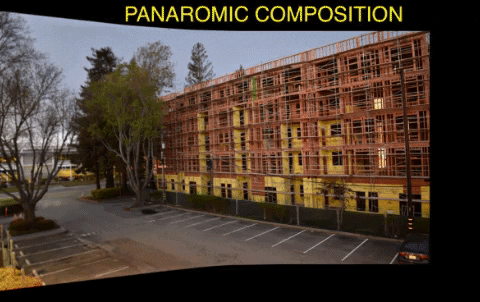Computer Vision
Computer Vision
Computer Vision

Project | Finding Lane Lines (Python)
In this project, I have implemented basic computer vision techniques to identify lane lines on a road. The pipeline is composed basic concepts like ROI identification, grayscale conversion, edge detection, and hough transforms. The output of the pipeline is a video with red lines superimposed on the found lane lines.

Project | Exposure Fusion: Low Dynamic Range (LDR) imaging (Python)
HDR imaging used to reproduce images with greater dynamic range is computation intensive. A Faster method is to create LDR images using Exposure fusion. Exposure fusion selects pixels from image sequence based on the 3 primary characteristics: Contrast, Luminosity, and Saturation and reproduces an image comparable to a HDR image.

Project | Advanced Lane Finding (Python)
Taking lane finding to the next level, I have implemented computer vision techniques to identify lane lines with curvature and shadows on a road. The lane find algorithm incorporates additional concepts of camera distortion correction, colorspaces, and perspective change to find and track lane lines accurately.




Project | Scene Blending (Python)
Using gaussian and laplacian image pyramids separating image in frequency domain and blending together to construct a composite blended image from two different images.




Project | Video Textures (Python)
Video textures are derived from finite duration videos by aligning/re-ordering frames to make new videos with infinite duration. The algorithm I implemented computes a similarity matrix for input video frames and identifies frames with smoothest transitions to output an infinite duration video.



Project | Seam Carving for Content-Aware Image Resizing (Python)
Seam carving (or liquid rescaling) is an algorithm for content-aware image resizing It functions by establishing a number of seams (paths of least importance) in an image and automatically removes seams to reduce image size or inserts seams to extend it.











